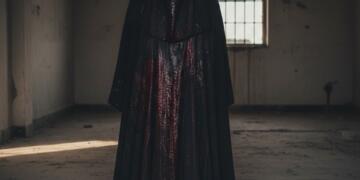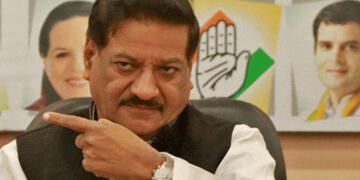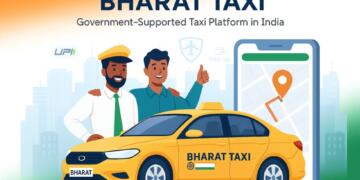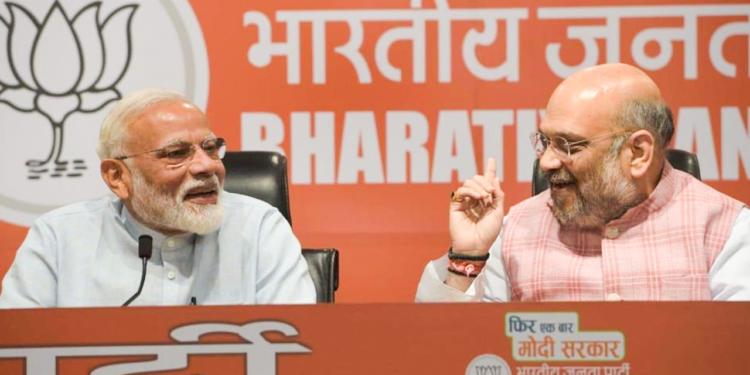PM Modi left everyone surprised yesterday when he attended the press conference held by BJP President Amit Shah. However, the Prime Minister did not answer any questions. He only spoke for a little more than five minutes and thanked people for their support. PM Modi also claimed that the BJP was set to script history. He said, “It will happen after a long time in the country, our government will come to power with an absolute majority for second consecutive time.”
The way he attended the press conference and still did not take any questions seems to have irked the opposition and his staunch critics within the mainstream media. The mainstream media and his political opponents have been critical of PM Modi for not holding a single press conference throughout his tenure. And now on the very last day of election campaign PM Modi did come up for a press conference only to show the mainstream media its place by not taking their questions. While the media and the opposition are trying to project PM Modi as undemocratic, the fact remains that it is the mainstream media’s patently adversarial attitude which is responsible for the acrimonious relationship between him and the media.
The not so sweet relationship between PM Modi and the mainstream media has got to do more with the latter than the former. It’s an open secret that the mainstream media is largely leftist and has been anti-Narendra Modi since his initial years as the chief minister of Gujarat. In the run-up to the 2014 Lok Sabha polls, the media had left no stone unturned in trying to convince the electorate that there is no Modi wave as such, even though there was a clear wave of support in his favour. The mainstream media has tried replicating the same pattern during the ongoing polls as well. A substantial portion of the mainstream media seems inherently anti-Modi. It has manifested these traits in subtle and sometimes, not so subtle ways. Till 2014 Lok Sabha polls, Modi was projected as some sort of a bogeyman. Even though he had been judicially exonerated as far as the 2002 riots are concerned, the mainstream media persisted with the narrative that he was at least, morally liable for the carnage.
Post-2014, the mainstream media continued with a similar narrative. The narrative against PM Modi was based more on ideological expediency, bias and vindictiveness than the ground level situation and factual instances. An ET Blog from 2015 stated that a large number of media houses are owned by politicians/those close to politicians. It went on to name a few media outlets owned in part by close relatives of prominent Congress leaders. Such media outlets were clearly not expected to be kind towards the BJP and PM Modi. While the mainstream media kept on projecting PM Modi as the villain, the fact remains that certain influential elements within the media circles have clearly been too sympathetic towards PM Modi’s political opponents.
The manner in which the mainstream media stroked the intolerance debate, started painting the Modi government as too authoritarian from the moment it came to power and also went to the extent of comparing him with the leader of the Nazi party, Hitler. The pre-2014 narrative had focused entirely upon the 2002 riots. Even after 2014, the media remained deliberately delusional and made airy claims in order to tarnish the Prime Minister’s image.
PM Modi has made it a point to interact directly with the nation ever since he came to power. In an era when social media has emerged as a powerful tool of communication, a prejudiced mainstream media is fast losing the influence it possessed anyway. Mainstream media’s acrimony for PM Modi is almost taken for granted. And the popular opinion is against the mainstream media for its unduly harsh reporting about PM Modi. Mainstream media has lost all significance because of its prejudiced reporting far from the ground realities. By not taking any questions, PM Modi has only shown the mainstream media, its real place.

































